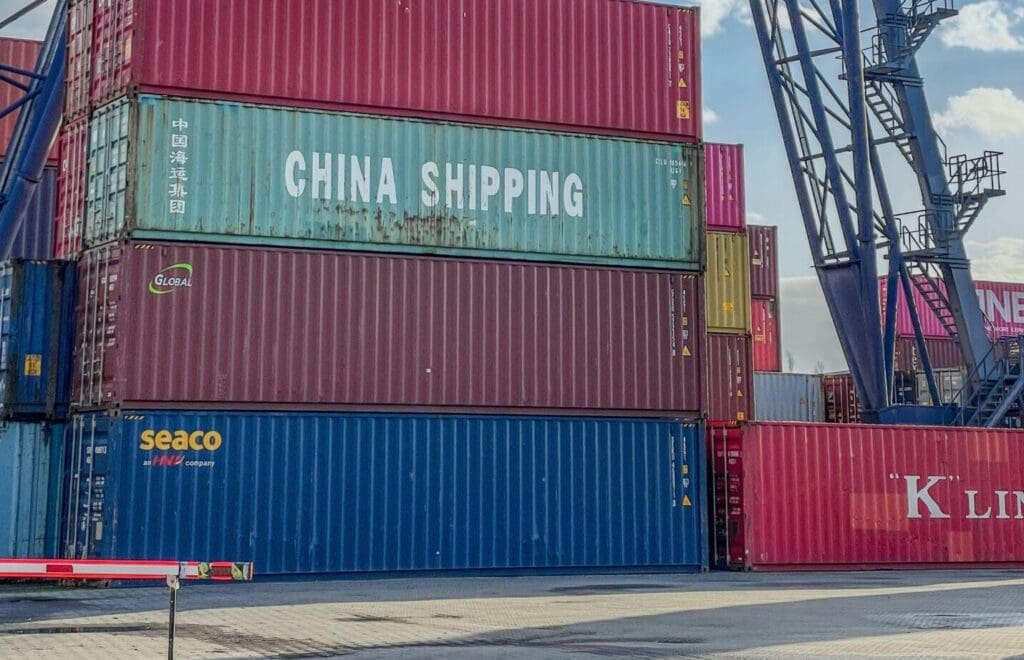Introduction to Tariffs
Tariffs have recently become a focal point in discussions about trade and the economy, largely due to President Trump’s policies. At their most basic level, tariffs are taxes levied on imported goods, designed to make foreign products more expensive and less competitive compared to domestic products. This can lead to a range of economic effects, such as altering trade relationships, impacting consumer prices, and providing protection for local industries. Understanding the implications of tariffs is important for anyone concerned about market fluctuations and long-term financial planning. As tariffs can trigger immediate economic responses, they are a significant factor to consider when evaluating the stability of the financial markets and personal investment strategies.
Historical Context of Tariffs
Tariffs have played a significant role in U.S. economic history. In the early days, they were a primary source of government revenue, but their use evolved over time. A pivotal moment in tariff history was the enactment of the Smoot-Hawley Tariff Act, signed by President Herbert Hoover in 1930. Despite more than 1,000 economists petitioning him to veto the bill, President Hoover went ahead, and the act became infamous for its role in deepening the Great Depression. As the 20th century progressed, the reliance on tariffs diminished, largely due to the expansion of global trade agreements that aimed to reduce trade barriers and promote international commerce.
Modern Justifications for Tariffs
In today’s economic landscape, tariffs are justified for various reasons. They are often used to protect domestic industries from foreign competition and preserve local jobs. Another key rationale is to address trade imbalances and counteract unfair trade practices, particularly from countries like China, which has been accused of intellectual property theft. President Trump’s tariffs stand out due to their broad scope and multiple objectives. Beyond protecting American industries, these tariffs aim to exert pressure on trade partners like Canada and Mexico to address issues such as the flow of illegal drugs and undocumented immigration. While these justifications offer some rationale, the practical effects of tariffs are complex and multifaceted.

Short-Term Effects of Tariffs
In the short term, tariffs can lead to increased consumer prices as businesses pass the added costs onto consumers. This potential for inflation is closely monitored by the Federal Reserve. Some members of the Federal Open Market Committee (FOMC) have even raised their inflation forecasts for the coming year, reflecting concerns about the inflationary impact of tariffs. Additionally, markets often react negatively to tariff news, causing investor anxiety. However, it’s important to note that not all proposed tariffs are implemented as initially advertised, which can lead to volatility without long-term consequences.
Long-Term Impacts of Tariffs
Over the long haul, tariffs have historically shown a limited impact on the overall economic cycle. Markets tend to rebound once trade tensions ease and agreements are struck. This cyclical pattern is partly due to businesses’ ability to adapt by finding alternative suppliers from countries not subject to tariffs. Such flexibility helps mitigate the lasting economic impact. Additionally, tariffs are often utilized as a bargaining tool in trade negotiations and are frequently rolled back once concessions are achieved. Consequently, while tariffs can cause short-term disruptions, their influence typically fades over time. Investors should recognize that the initial market volatility triggered by tariff announcements does not usually translate into enduring economic harm.
Managing Portfolios Amid Tariff News
Managing portfolios amid tariff news requires a disciplined and informed approach. Market fluctuations driven by tariff announcements can trigger investor anxiety, but it’s important to maintain a focus on long-term investment strategies. Historically, the market has shown resilience, often rebounding after initial disruptions caused by trade tensions. Therefore, knee-jerk reactions to short-term volatility can lead to missed opportunities when markets recover.
Diversification remains a key principle in managing investment portfolios during periods of uncertainty. By spreading investments across various asset classes and geographic regions, investors can reduce the impact of any single economic event, including tariffs. This approach not only helps in mitigating risks but also positions the portfolio to take advantage of growth in different sectors.
It’s also crucial to stay informed and adaptable. Keeping abreast of the latest developments in trade policies and their potential impacts can provide valuable insights. Regularly review your portfolio to ensure that your current investments remain well-positioned for the future.
Additionally, working with a financial advisor can provide personalized guidance tailored to individual goals and risk tolerance. Advisors can help navigate the complexities of the market, offering strategies that align with long-term financial objectives while considering short-term market dynamics.
Lastly, maintaining a level-headed perspective is essential. Market movements driven by tariff news are often temporary. Staying focused on the overall investment plan rather than reacting to day-to-day market noise can help preserve capital and provide peace of mind.
By adhering to these principles, investors can better manage their portfolios during periods of tariff-induced market volatility, ensuring they remain on track to achieve their financial goals.
Conclusion: Tariffs in Perspective
Tariffs can indeed cause short-term market volatility and concerns about inflation, but their long-term effects are often limited. Historically, markets have demonstrated resilience, frequently rebounding after initial disruptions caused by trade tensions. Businesses tend to adapt by sourcing goods from alternative suppliers, mitigating the sustained impact of tariffs.
For investors, it’s essential to maintain a focus on long-term investment strategies rather than reacting impulsively to short-term market noise. Diversification remains a cornerstone of prudent investment, helping to spread risk across various asset classes and regions.
Additionally, staying informed about trade policies and their potential impacts can provide valuable insights. Working with a financial advisor can also offer personalized guidance tailored to individual financial goals and risk tolerance.
In essence, while tariffs can present challenges, they are usually temporary disruptions rather than long-lasting economic threats. By staying the course and adhering to a well-considered investment strategy, investors can navigate these periods of uncertainty and remain on track to achieve their financial objectives.